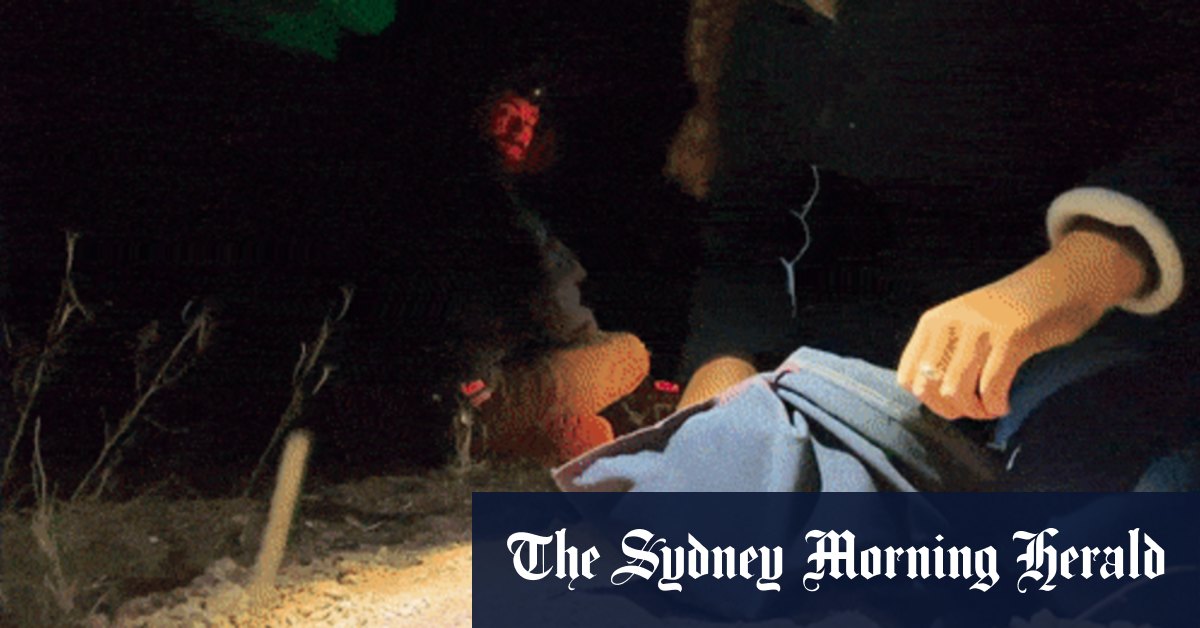This electronic heartbeat is the only constant sound you’ll hear for miles out here at the Newhaven Wildlife Sanctuary, interrupted mostly by the sad song of the wind in the desert oaks and the howling of dingoes towards dawn.
This is Newhaven Wildlife Sanctuary, a tract of 262,000 hectares that sprawls around Wartikinpiri, a quartzite bluff forced out of the northern flatlands 350 million years ago to make up part of the West MacDonnell Ranges.
Where once fences were regarded with suspicion by some Australian ecologists - after all a fenced animal is no longer truly a wild one - the work of AWC and other groups has proved that, deployed well, they can be a critical tool to save what is left of the small native mammals whose numbers have crashed across the continent since European settlement.
Across the country scientists and volunteers have been hard at work seeking out and capturing animals from populations that have, against the odds, survived the recent invasion.
The AWC bred a rescue population at Scotia, its sanctuary south of Broken Hill, and released 30 into Newhaven in 2019.


